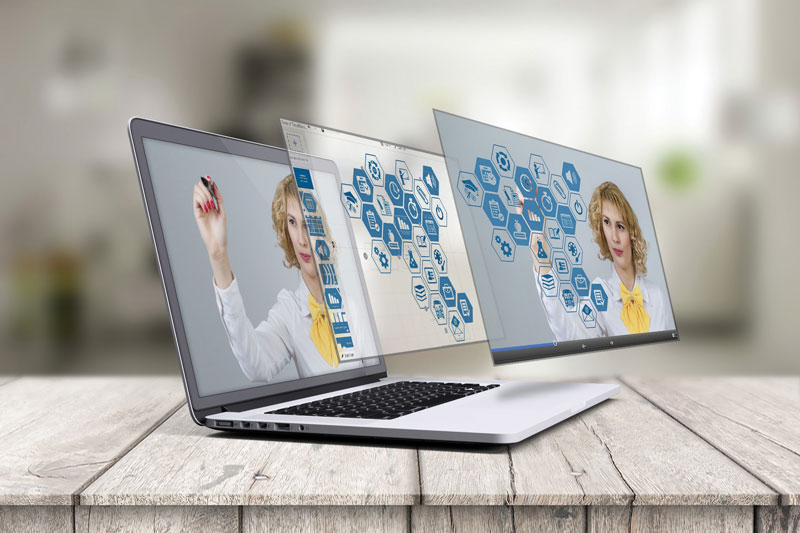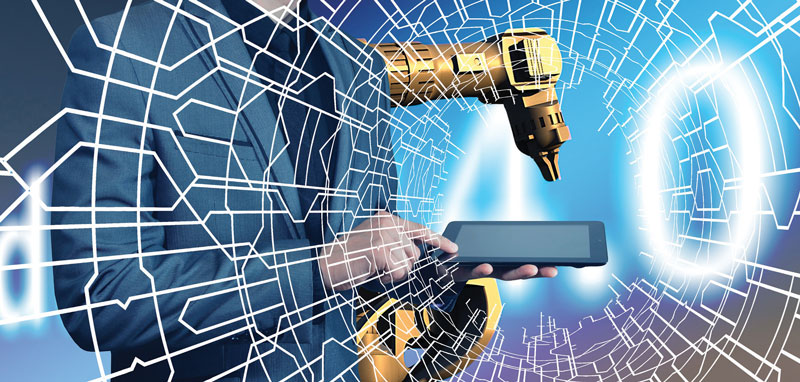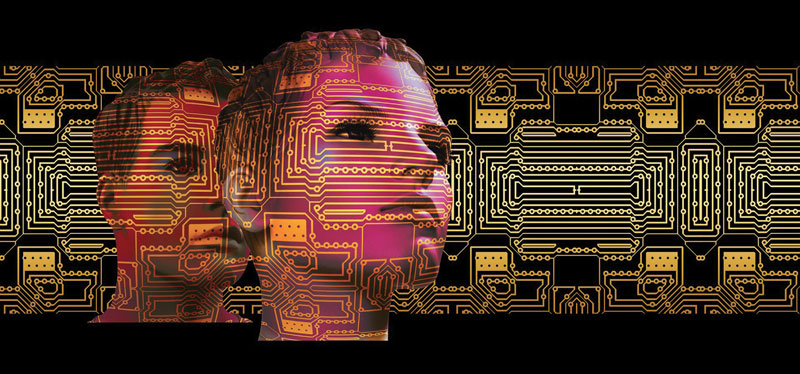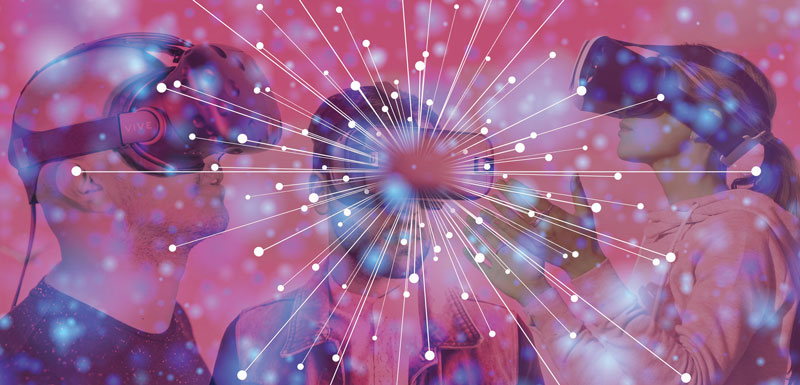Augmented Reality in the Manufacturing Domain
From product design to checking and testing up to maintenance, augmented reality has become a pillar of manufacturing. And the key role this technology will play in achieving full digital integration is now clear
Augmented reality (AR) offers a range of benefits and potential enabling the improvement of operations carried out in an industrial context:
it provides contextualised step-by-step guidance for tasks to be performed, ensures compliance and safety for operators, enables interaction with the overall system in the specific context, and facilitates real-time visualisation of critical information.

Access to the corporate information ecosystem by operators
In factories, manual production operations generally still rely on traditional tools and methods for acquiring information and sharing knowledge such as printed manuals, written procedures and so on. As a consequence, most operators in production departments remain disconnected from the rich ecosystem of information that other functions in the company rely on. Besides, the risk arising from this information discontinuity increases as products become more complex and the workforce less experienced.
By properly connecting workers to the company’s information ecosystem, companies can reduce production and maintenance errors, promoting efficiency and ‘democratising’ internal expertise. A workforce aided by augmented reality can perform complex operations even with little initial knowledge of such operations. Paperless production departments, optimised process definitions and intelligent work instructions can drive companies along their digital transformation path, providing them with an advantage over their competitors, towards a new era of manufacturing.

A technologically advanced version of reality
Augmented reality (AR) refers to the combination of real and virtual (computer-generated) worlds. A real image is captured on video, while that real-world image is ‘augmented’ with layers of digital information.
In other words, AR is a technologically advanced version of reality, created using the superimposition of digital information on the image of something displayed through a device such as smart glasses or a smartphone. This enables the gap between the digital world and the real world to be bridged for the benefit of operators and maintenance technicians, who can simultaneously observe the image of an object (for example, the part to be machined, assembled or repaired) and information that facilitates their work (the object’s code, its position within a system, operating instructions and so on). AR solutions are also frequently used today for employee training and guidance applications. Therefore, AR case histories now concern all aspects of a company’s business, from remote collaboration and assistance, to information acquisition and documentation of procedures, to 3D instructions for training and work, as well as the management of demos and product views. In general, this makes it possible to optimise the performance of resources and personnel, reduce costs, guarantee product quality and increase the punctuality of deliveries.

New operating methods
The introduction of AR in the industrial domain will have many consequences. For example, it will eliminate the subjective decisions frequent in manual work (providing operators with verified and optimised instructions) and thus simplify processes. At the same time, technicians in the field will be able to receive live support from remote personnel, who will be able to indicate the operations to be performed, report problems, send immediately visible information and more. Today, major automotive manufacturers are rapidly adopting AR applications, seeking new competitive advantages. AR services for enhancing the driver experience provide information about the surrounding environment, vehicle conditions and navigation displayed in the windscreen. AR instructions and guides replace long and complex manuals. AR terminals (headsets, glasses, monitors) automate the training process in car production or maintenance. Augmented reality guided picking helps warehouse operators become more efficient.

Some application examples
AR is therefore proving to be a powerful tool for maintenance and service technicians. In a modern factory, a single asset may require dozens of maintenance procedures involving hundreds of components and complex steps. For the most common and critical maintenance procedures, it is useful to create digital workflows. However, the growing number and complexity of production machines makes it cumbersome, if not impossible, to access every procedure from the field. In these cases, companies are relying on AR to provide their technicians with information on work orders, diagnose remote assets, send video recordings to operators and obtain remote assistance from experts. For example, looking at a furnace through a set of AR glasses can provide at a glance such information as its current operating temperature or exhaust gas temperature.
Specifically, with the assistance of a remote expert, it is possible to connect to the video feed of an AR device, and obtain technical data and digital annotations for guidance along a given procedure. Many manufacturing companies are also creating libraries of recorded procedures which may be consulted and used on site by technicians using AR. The next step from an Industry 4.0 perspective is to simplify predictive maintenance programs.
Operators can more easily identify potential points of failure in plants and equipment, enabling them to identify rapidly the presence of faulty parts and potential problems. AR allows maintenance operators to see exactly which machines and equipment need servicing, using an AR device to view product data and history, eliminating hours spent searching for the information needed for the task. Spare parts can then be ordered without costly unplanned downtime.
Other technologies can be combined
In an integrated context, AR can be combined with other technologies to further enhance its benefits. For example, Digital Twins technology can be combined with AR to create virtual clones of a physical asset, thereby creating a dynamic digital model allowing technicians to understand how to maintain and repair production machines. This type of AR experience allows companies to implement a more dynamic, affordable and engaging maintenance training program. Not surprisingly, according to market research firm Aberdeen, 63% of the world’s Best-in-Class companies have already implemented AR solutions, while 33% of non-Best-in-Class companies are evaluating the benefits of AR and considering incorporating it into their manufacturing processes.
Conclusion
As manufacturing operations become more complex, data connectivity, analytics and automation will play increasingly important roles. However, to make better use of available resources, production operations and maintenance, full digital integration is required. It is now clear that AR technology will be increasingly essential to achieve this integration, also thanks to the contribution of other technologies such as Digital Twins technology and industrial IoT, to tap into the rich world of connected resources and data.

